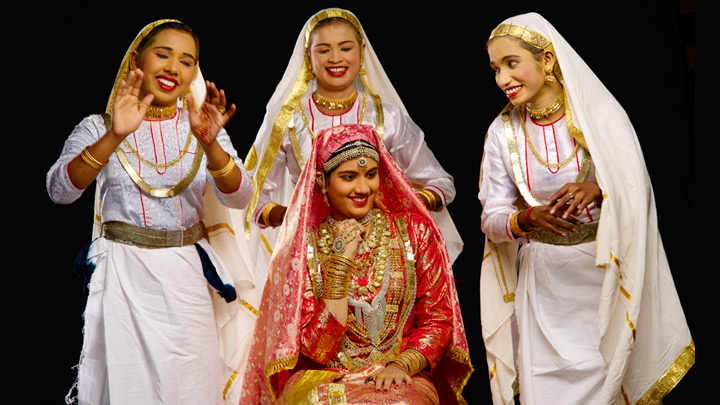
Weight Loss is a decrease in body weight resulting from either voluntary or involuntary circumstances. The loss may be the result of a change in diet or life-style or a febrile disease.

Weight loss refers to the loss of total body mass in an effort to improve fitness, health, and/or appearance.
weight loss for the purposes of maintaining health should aim to lose fat while conserving muscle and fluid.
 Unintentional Weight Loss
Unintentional Weight LossUnintentional weight loss is generally triggered by menstruation, hormonal changes and diseases or medications.
Benefits of Weight Loss
A healthy weight loss is quite beneficial for the body, since medical practitioners always state that obesity fuels the risk of several fatal maladies.

One can avert the risks associated with high blood pressure, stroke, heart ailments, type 2 diabetes, back ache, osteoarthritis and numerous other diseases.
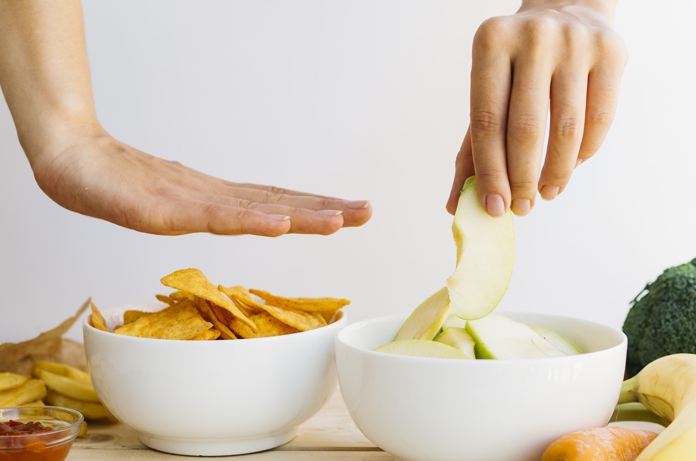
Weight Loss Methods
With the growing need of controlling weight and to shed off those extra pounds various weight loss methods have become largely popular.
Weight Management
Weight Management strives to help individual combat excess weight and maintain a healthy lifestyle while improving quality of life.
 A balanced weight management program brings together three critical components of long-term weight management success: nutrition, exercise and lifestyle change.
A balanced weight management program brings together three critical components of long-term weight management success: nutrition, exercise and lifestyle change.To know more visit here : Weight Loss, Naturopathy
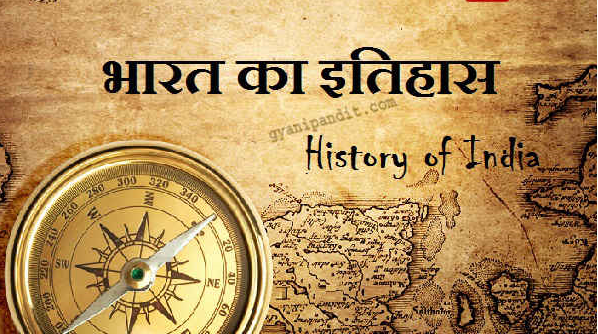





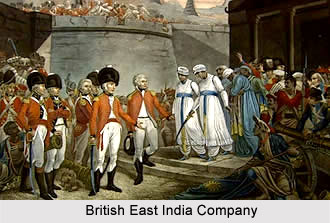
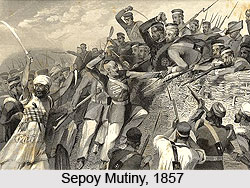

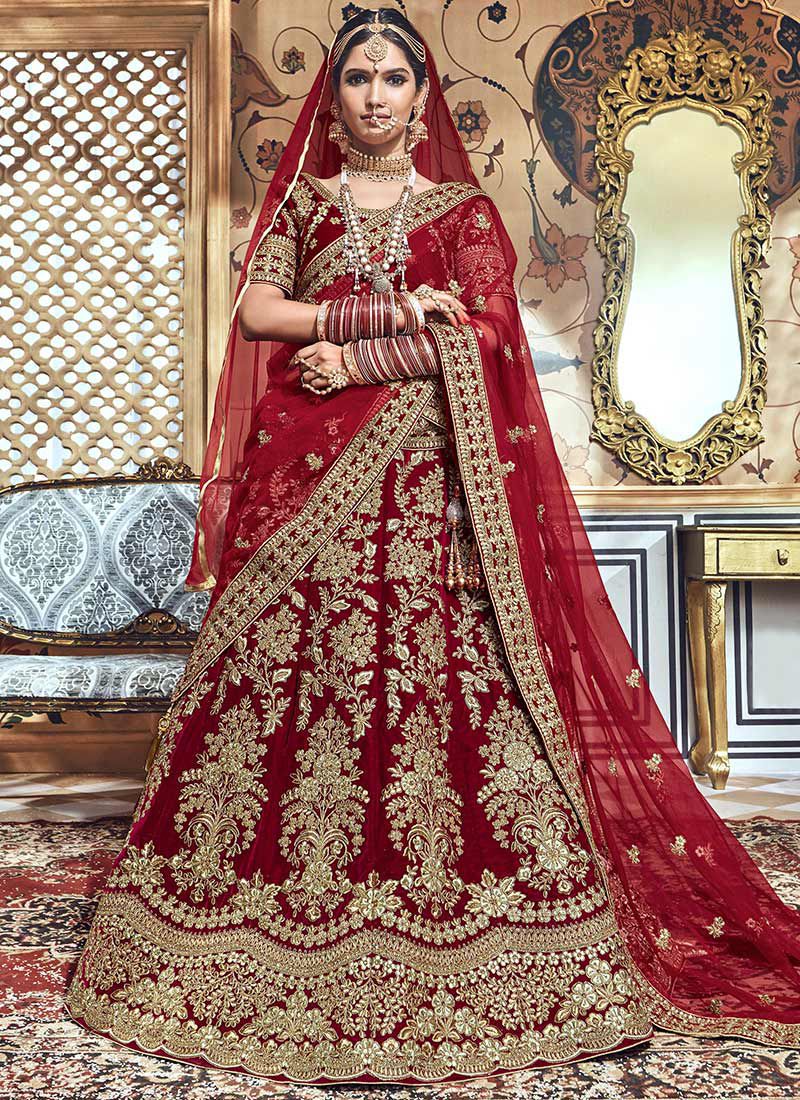

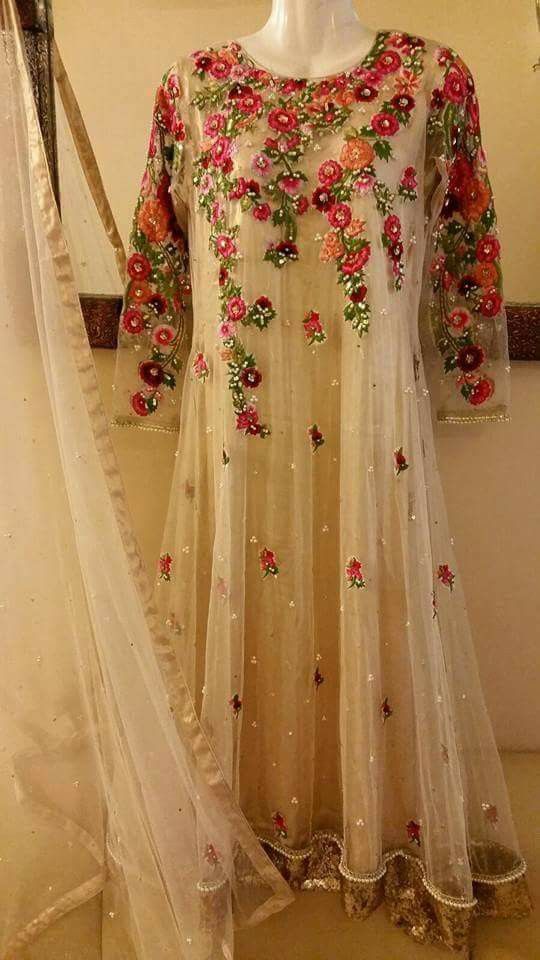



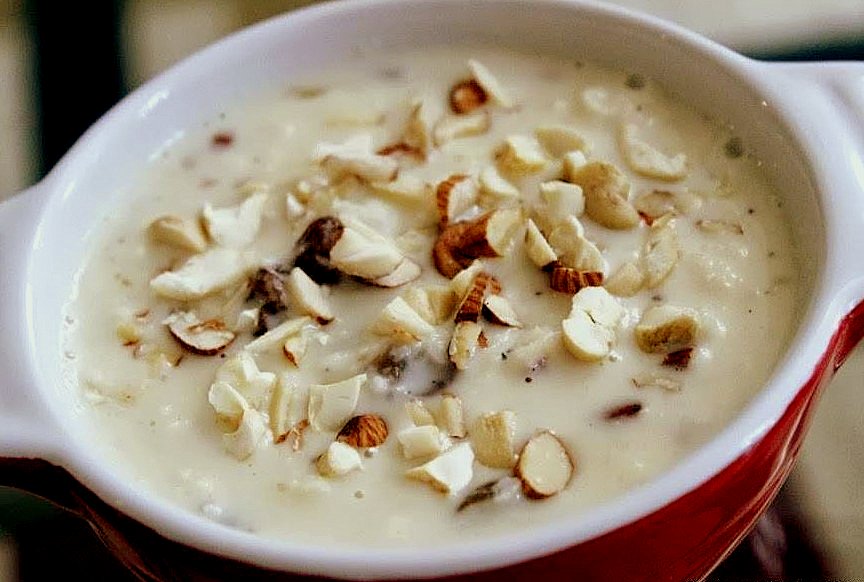


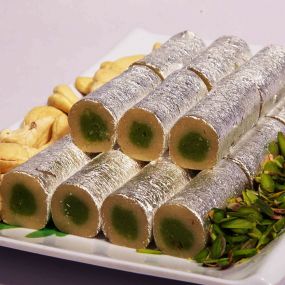
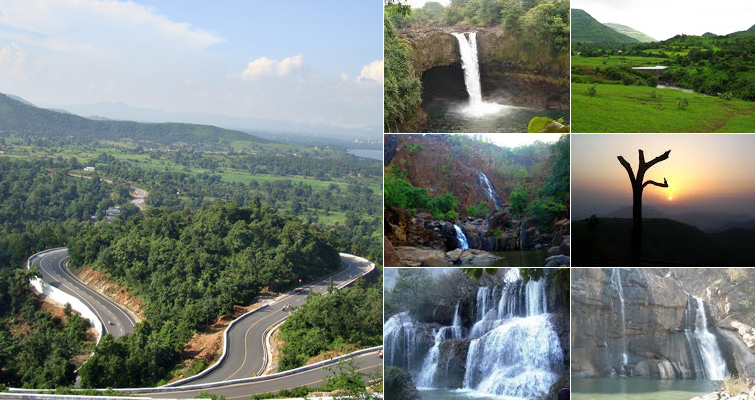
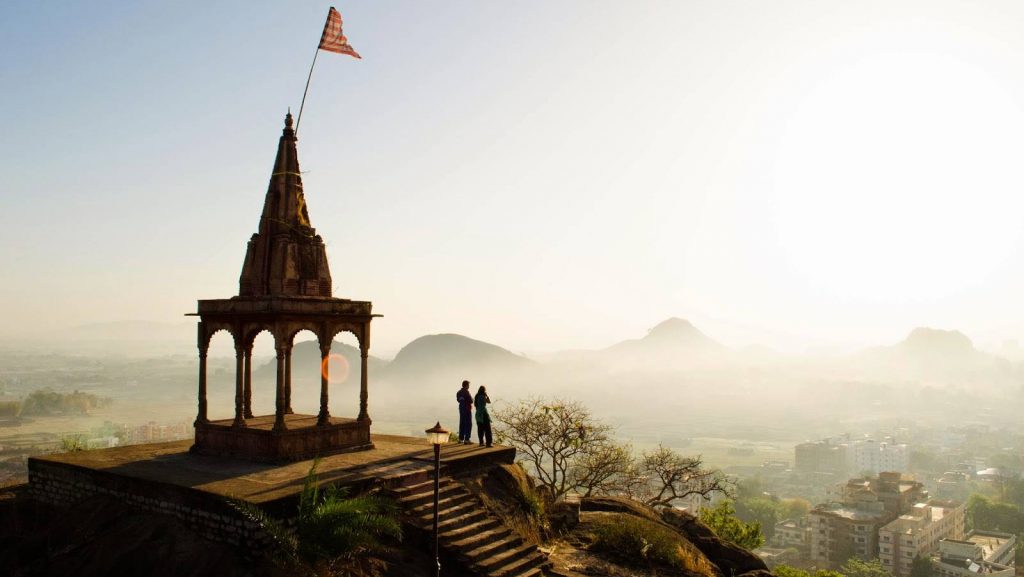 Tagore
Tagore









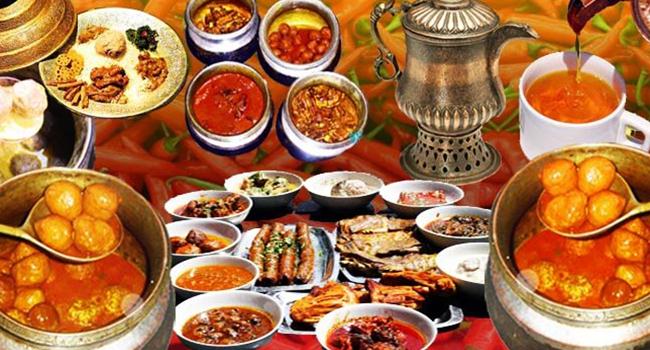





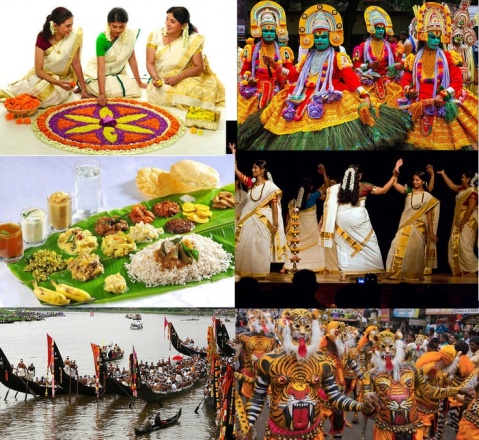








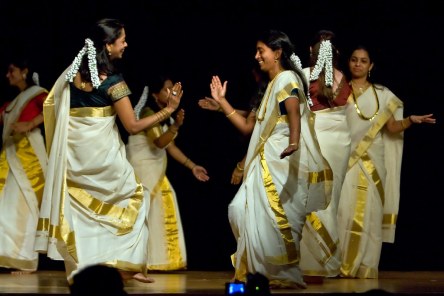 Thiruvathirakali Dance
Thiruvathirakali Dance
